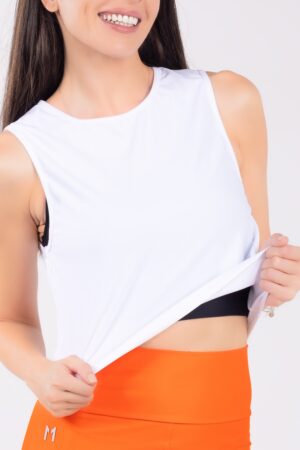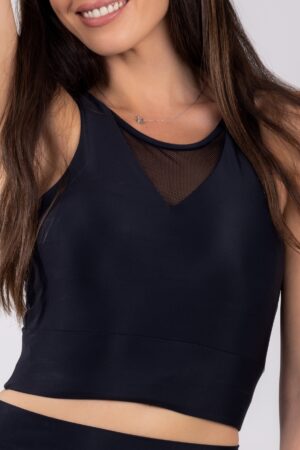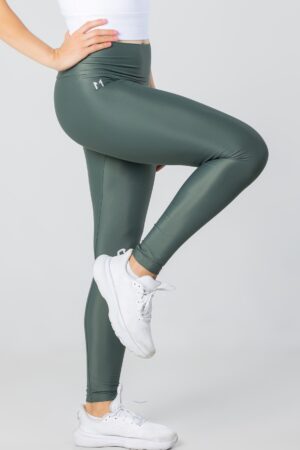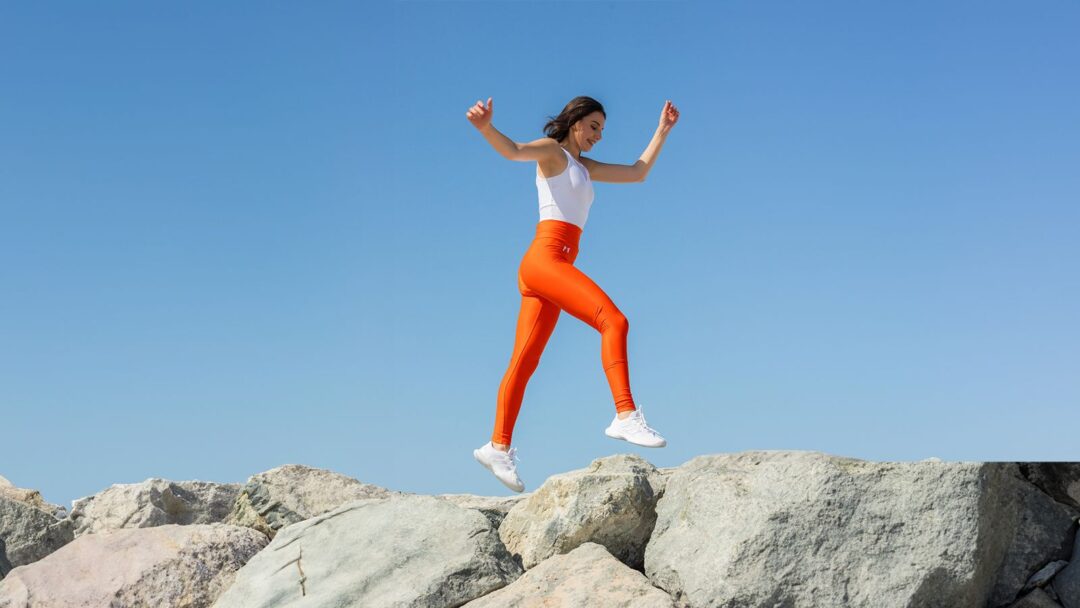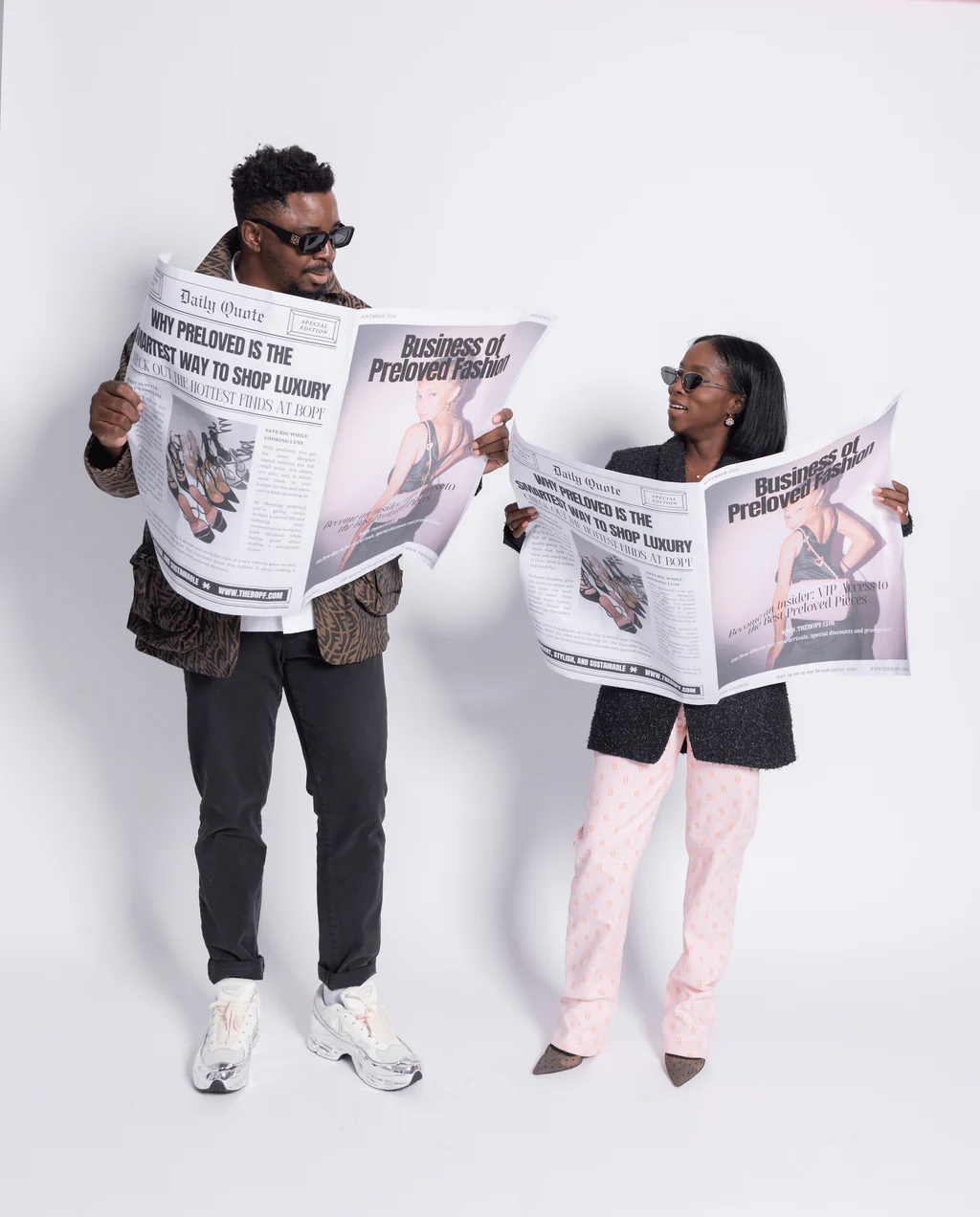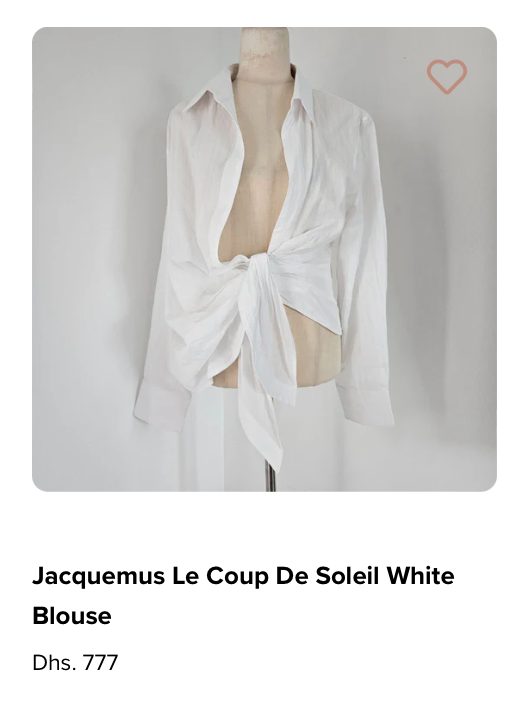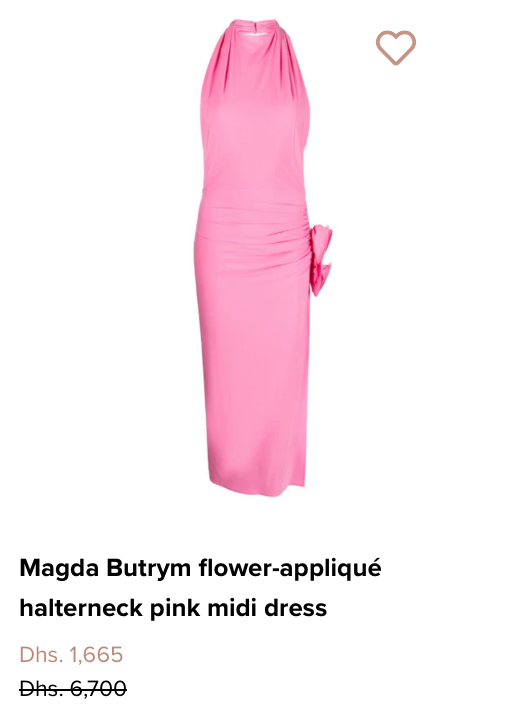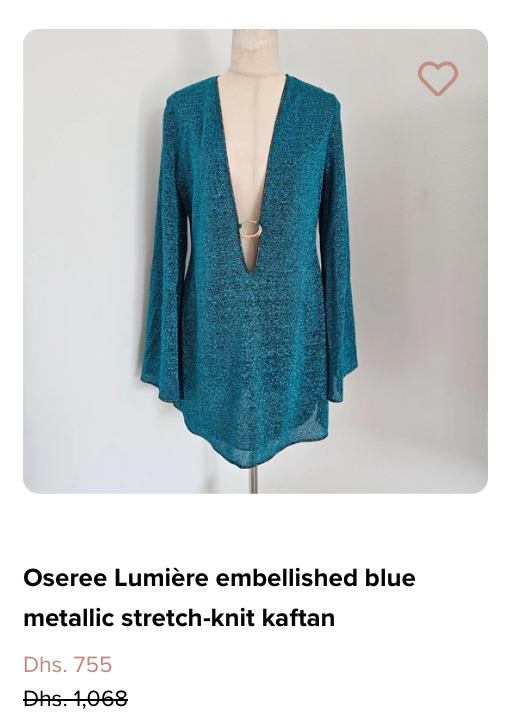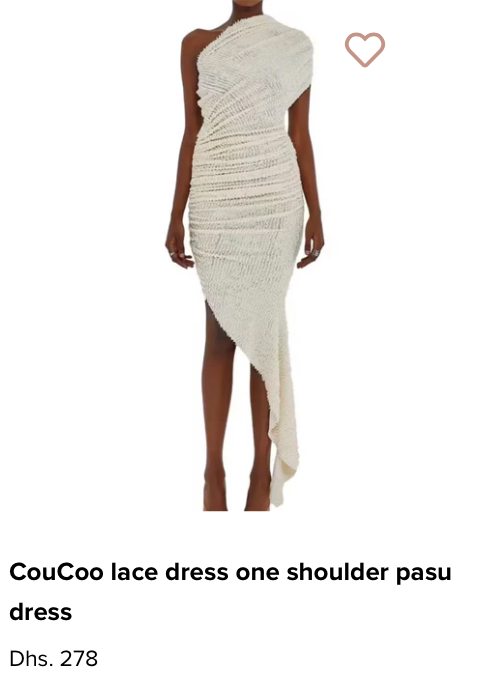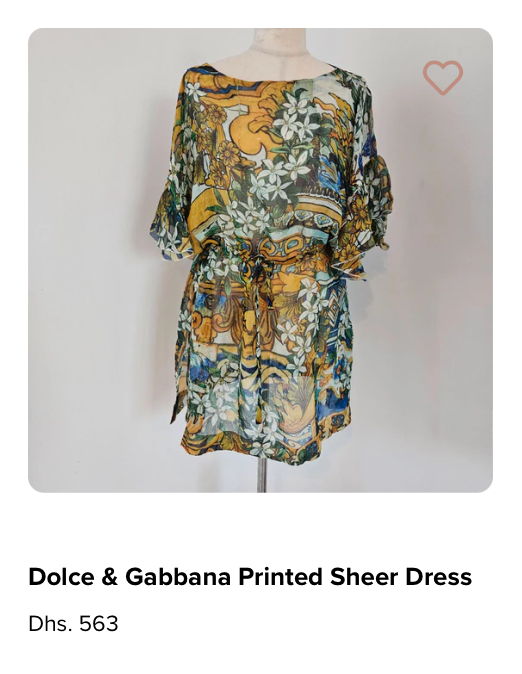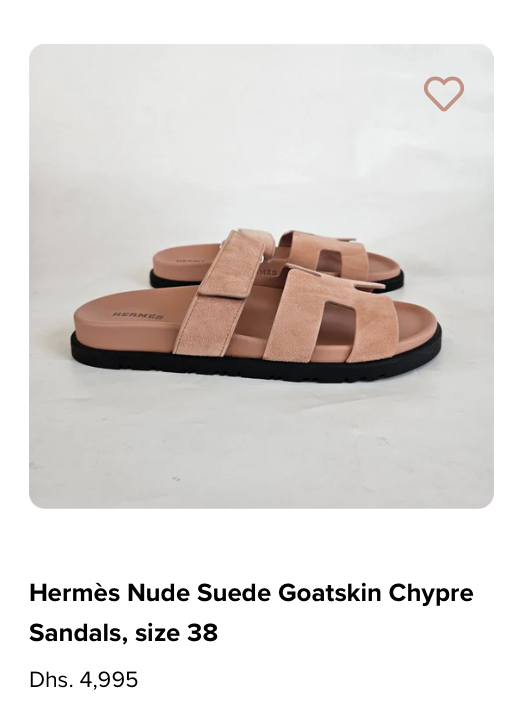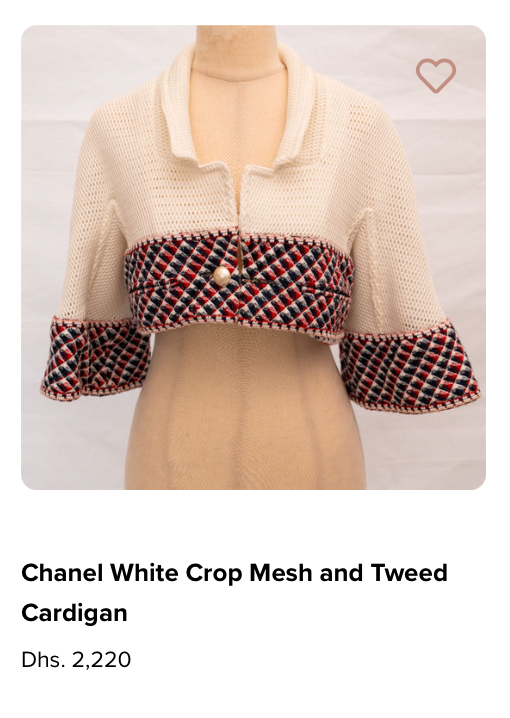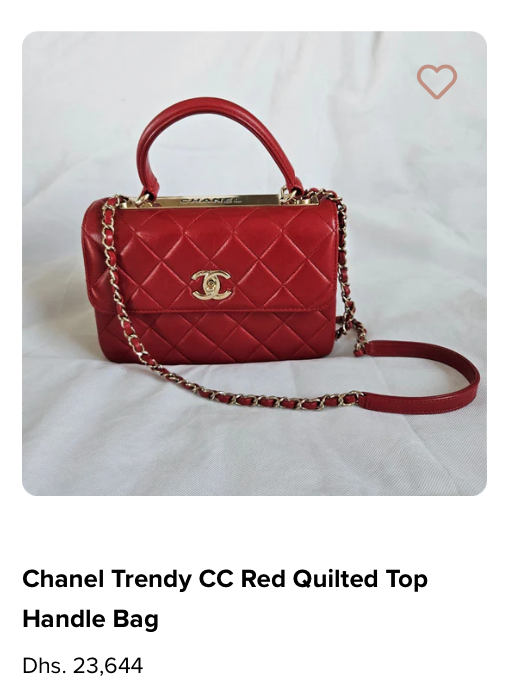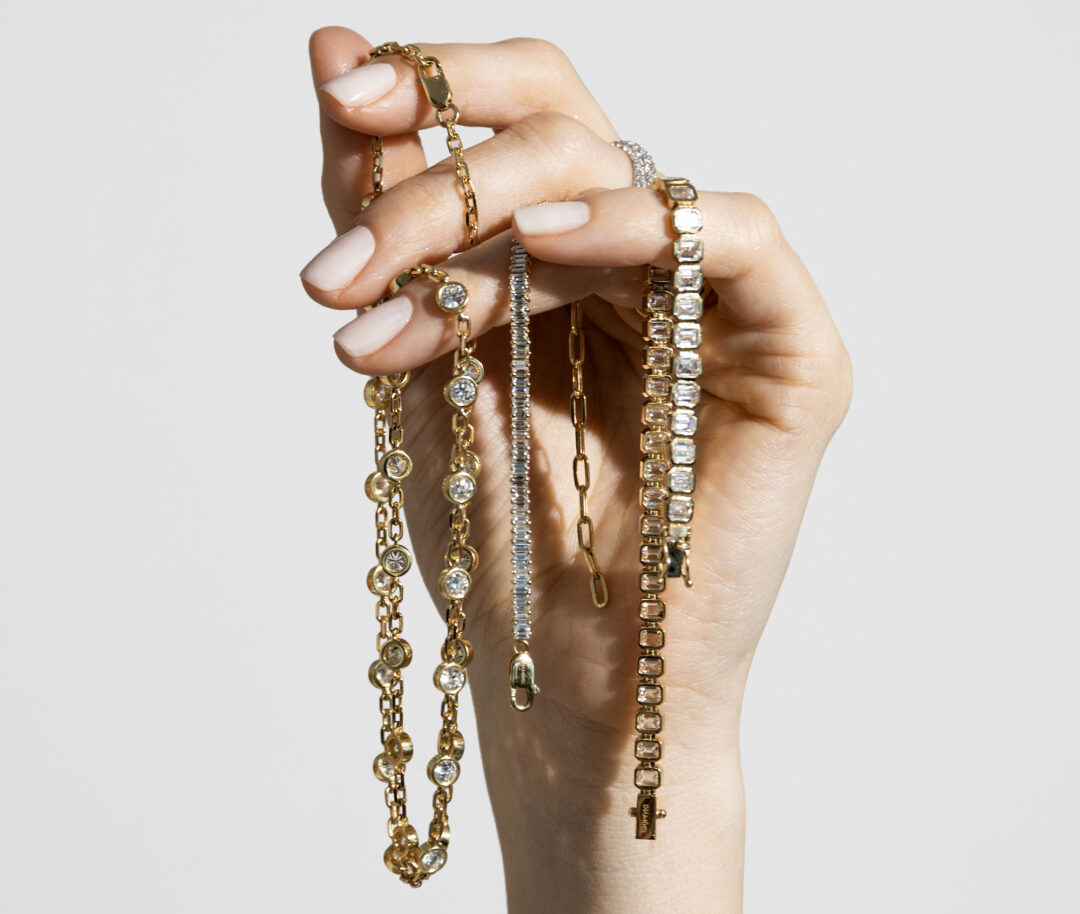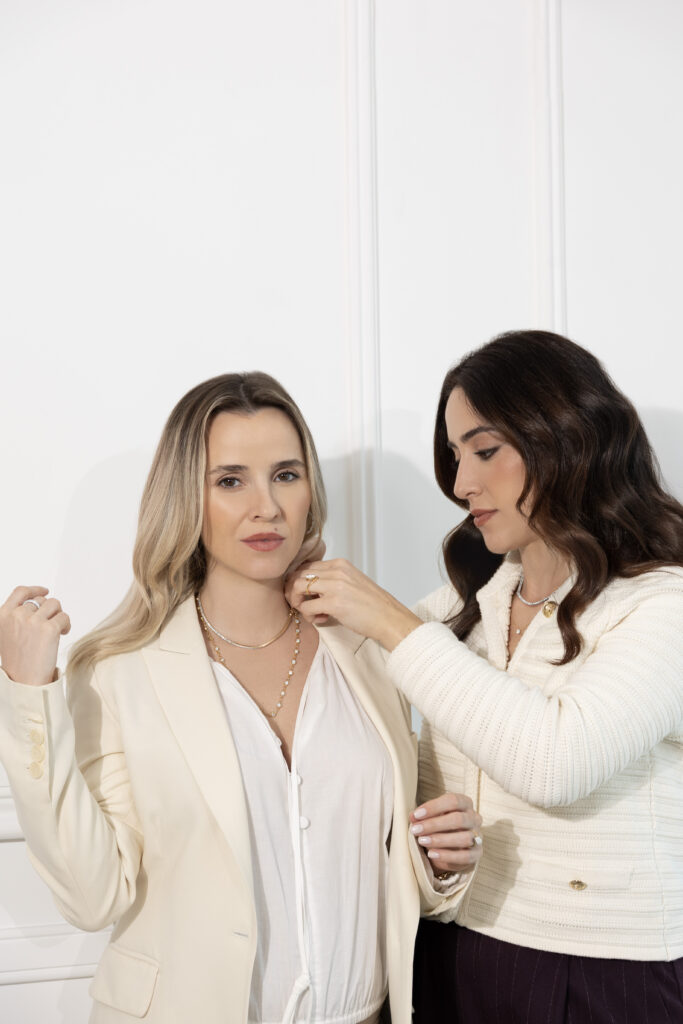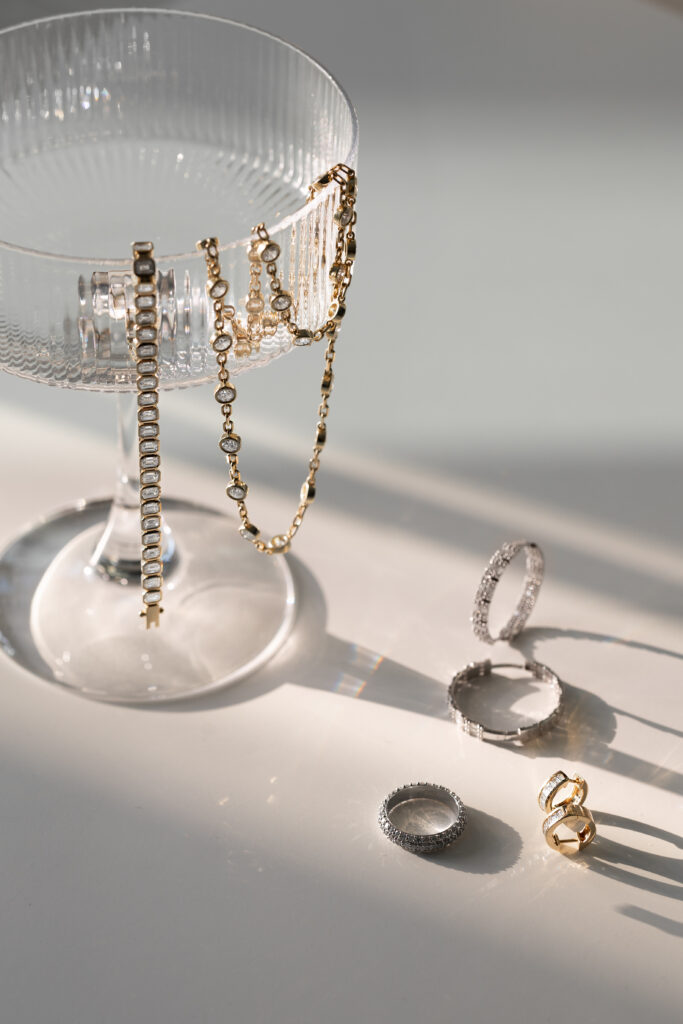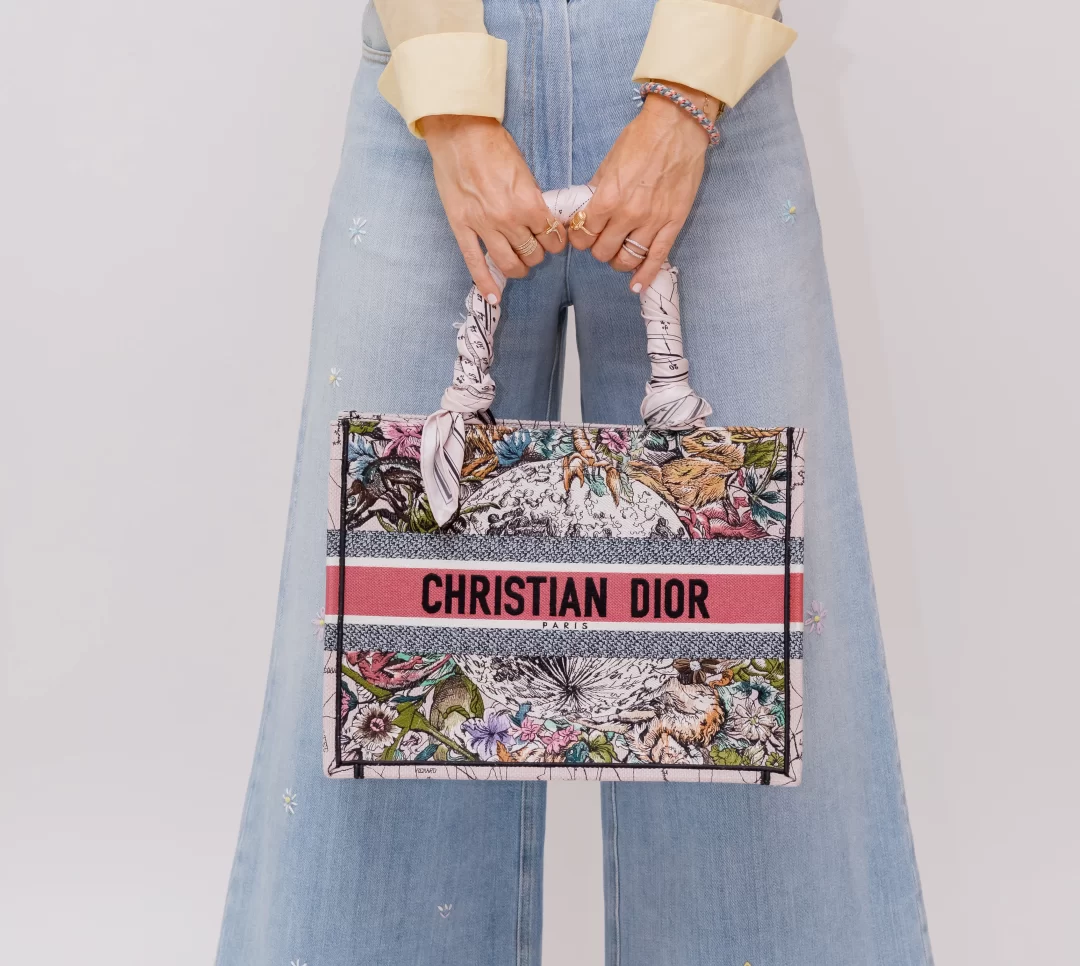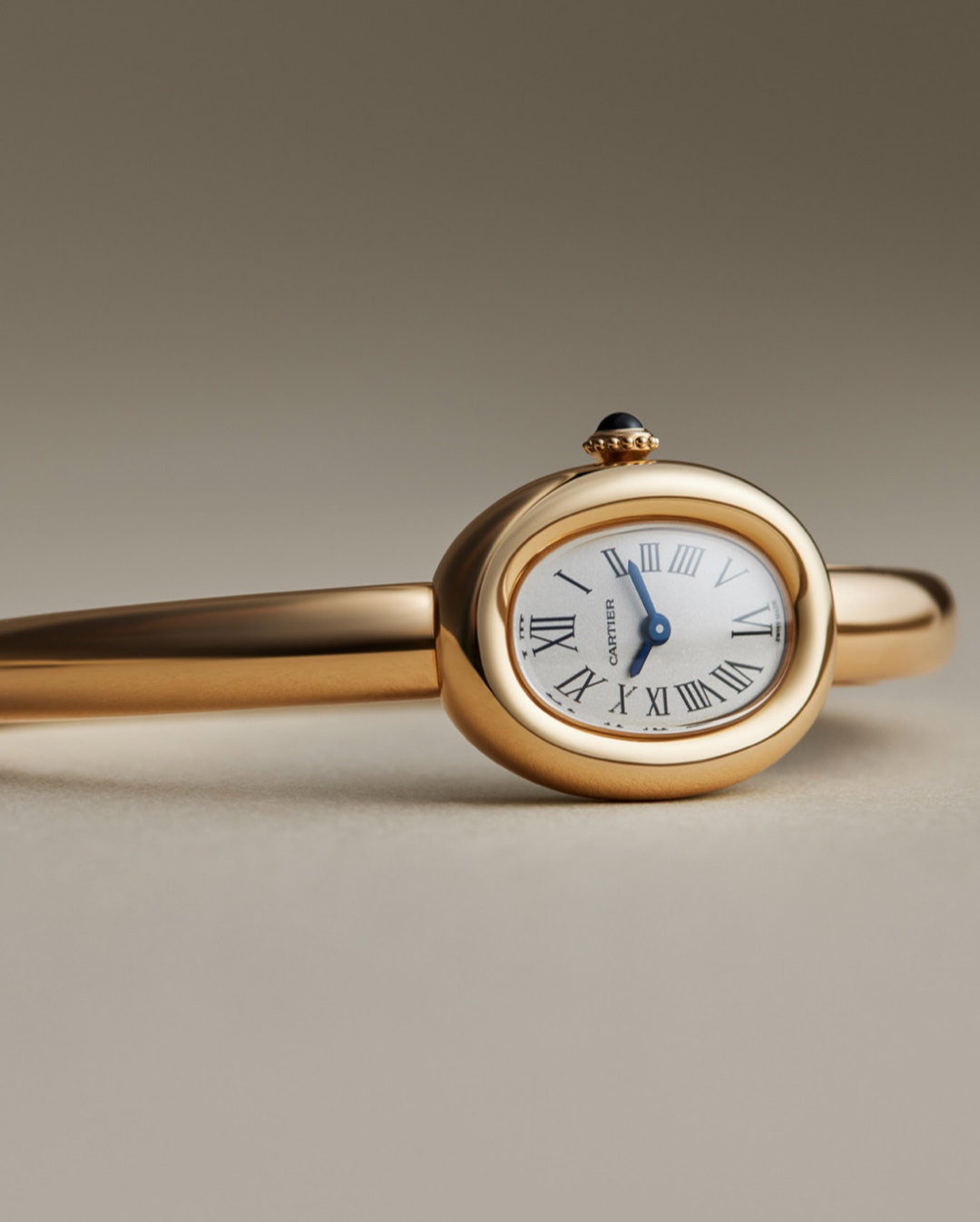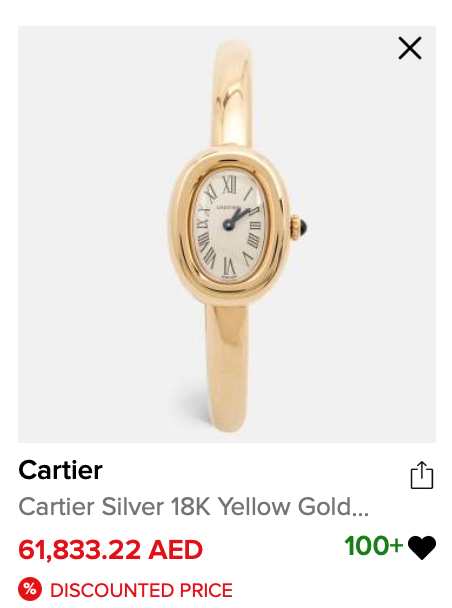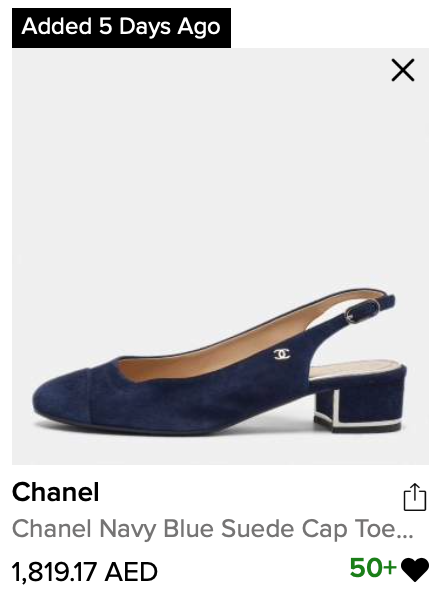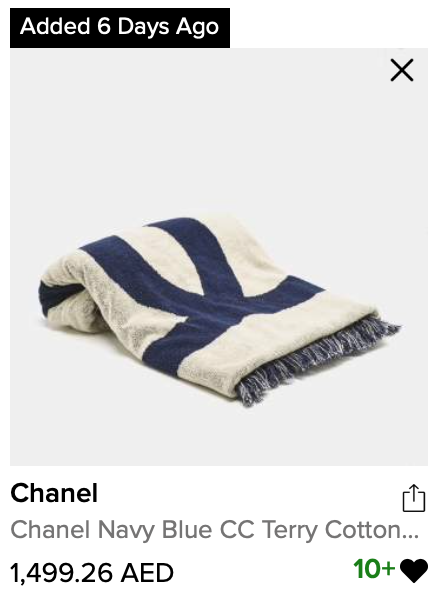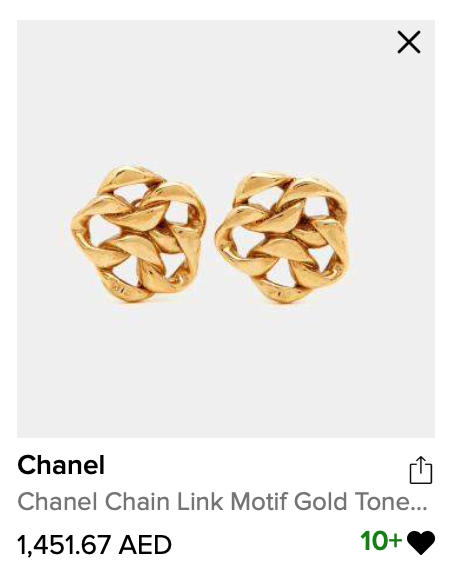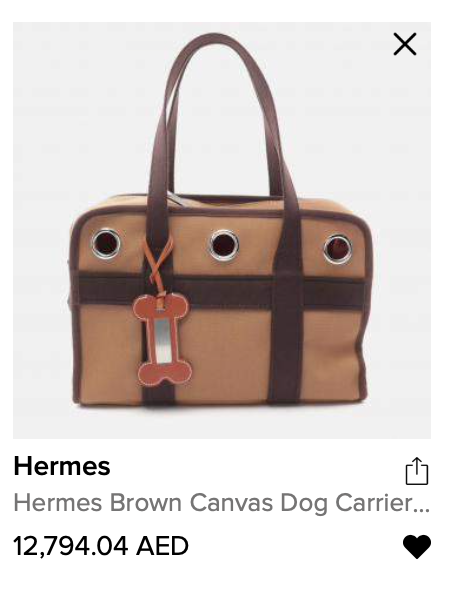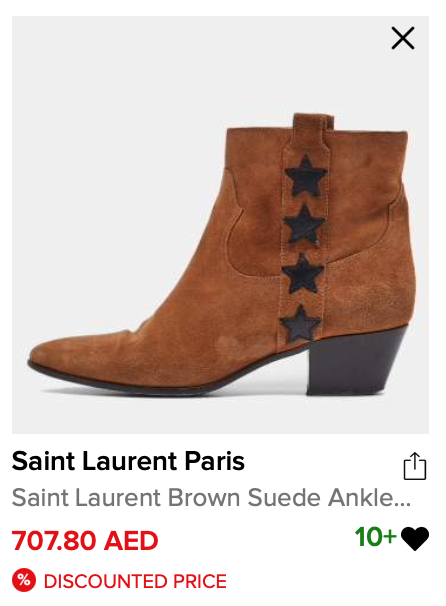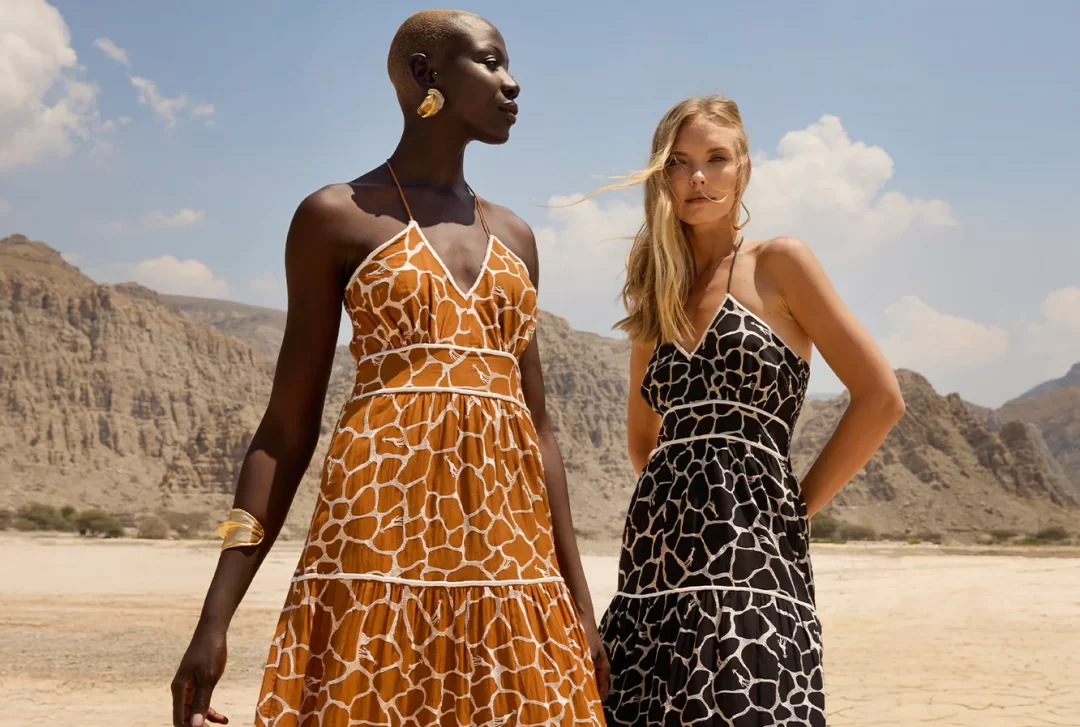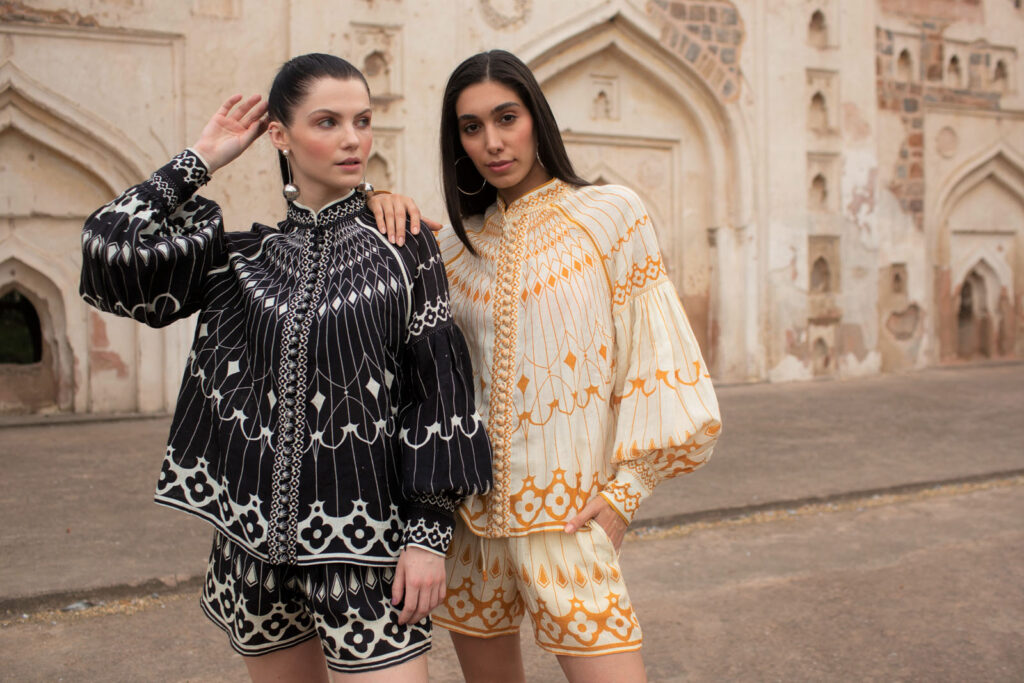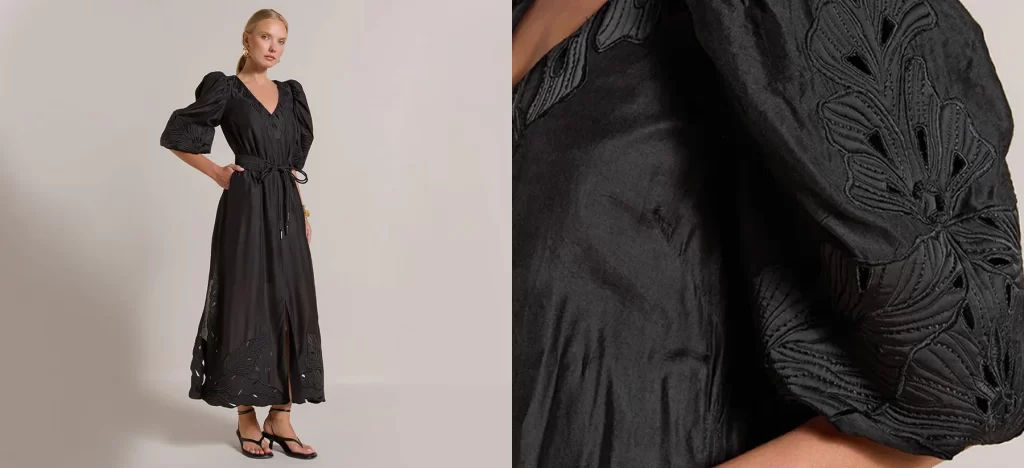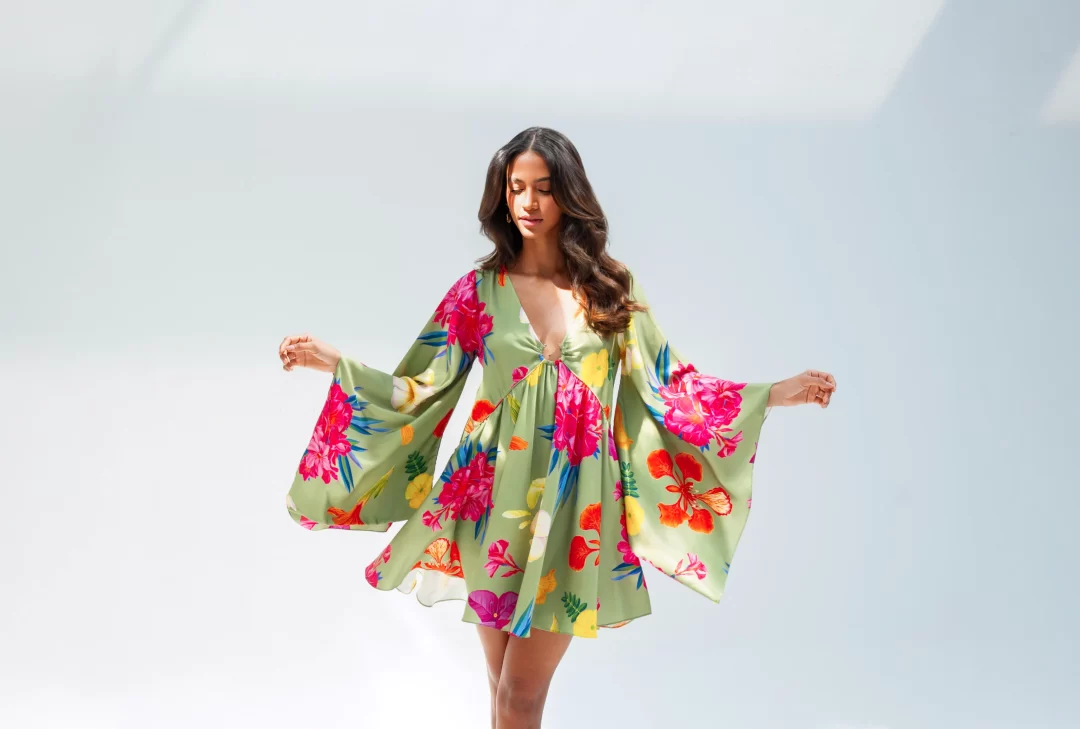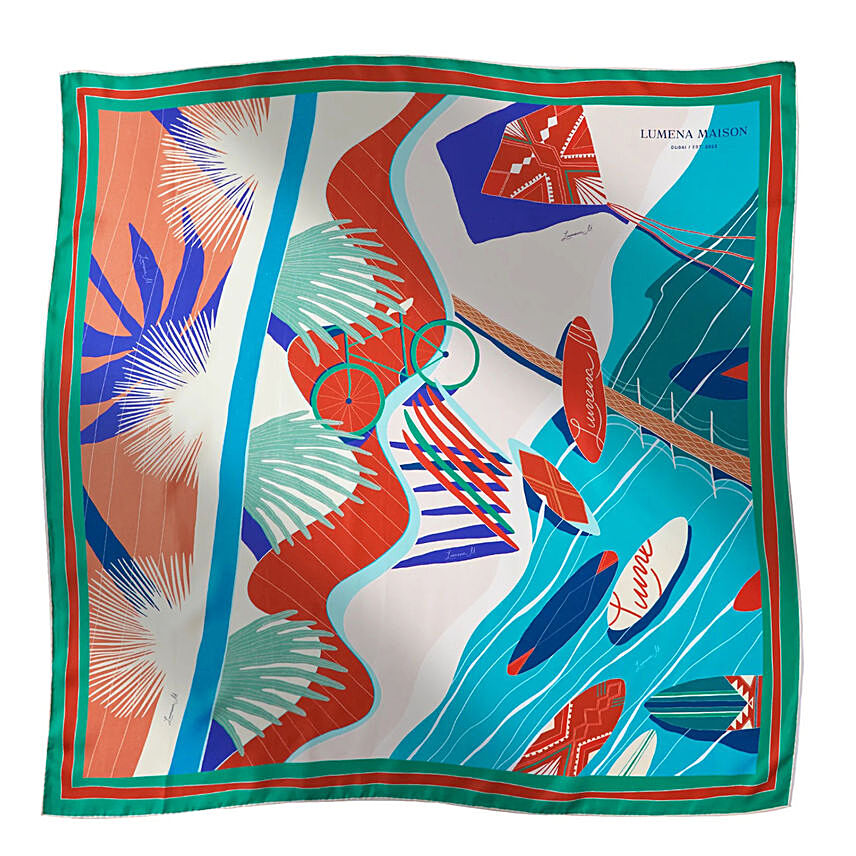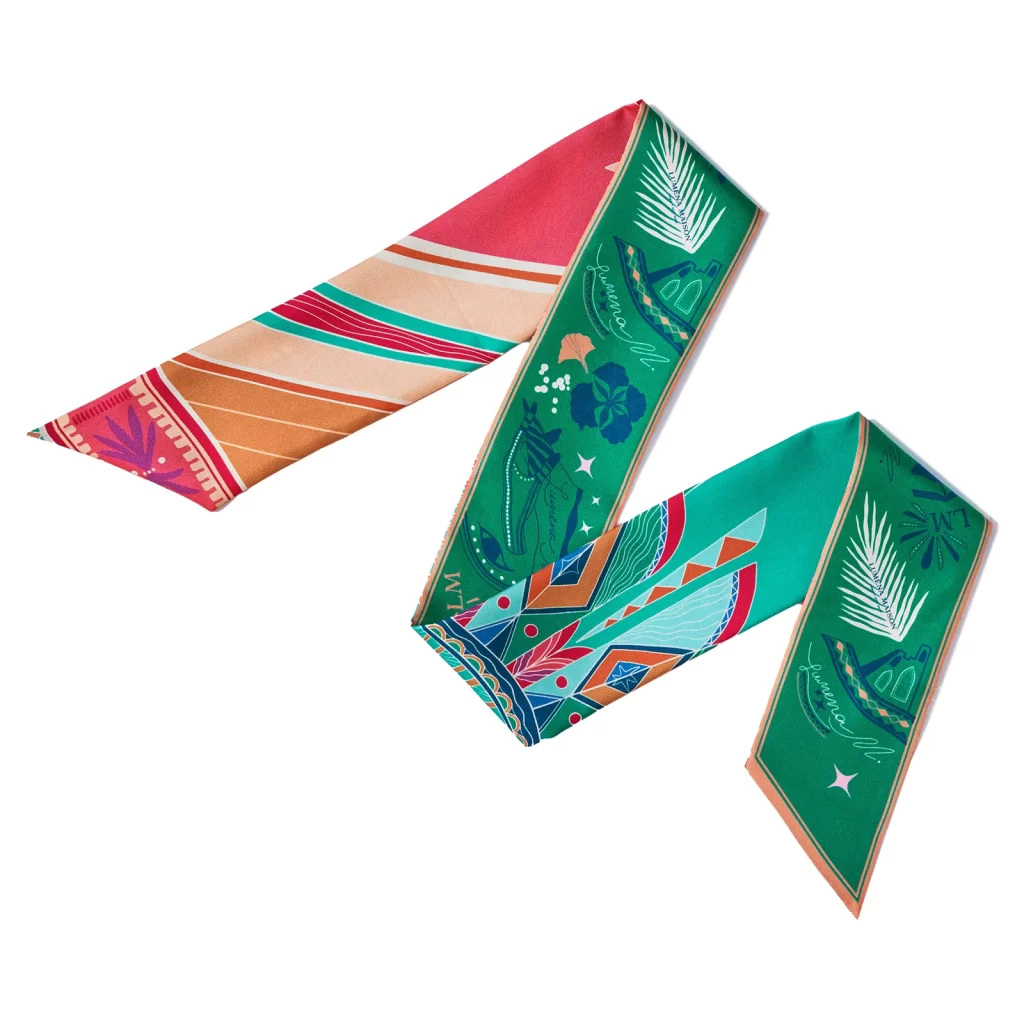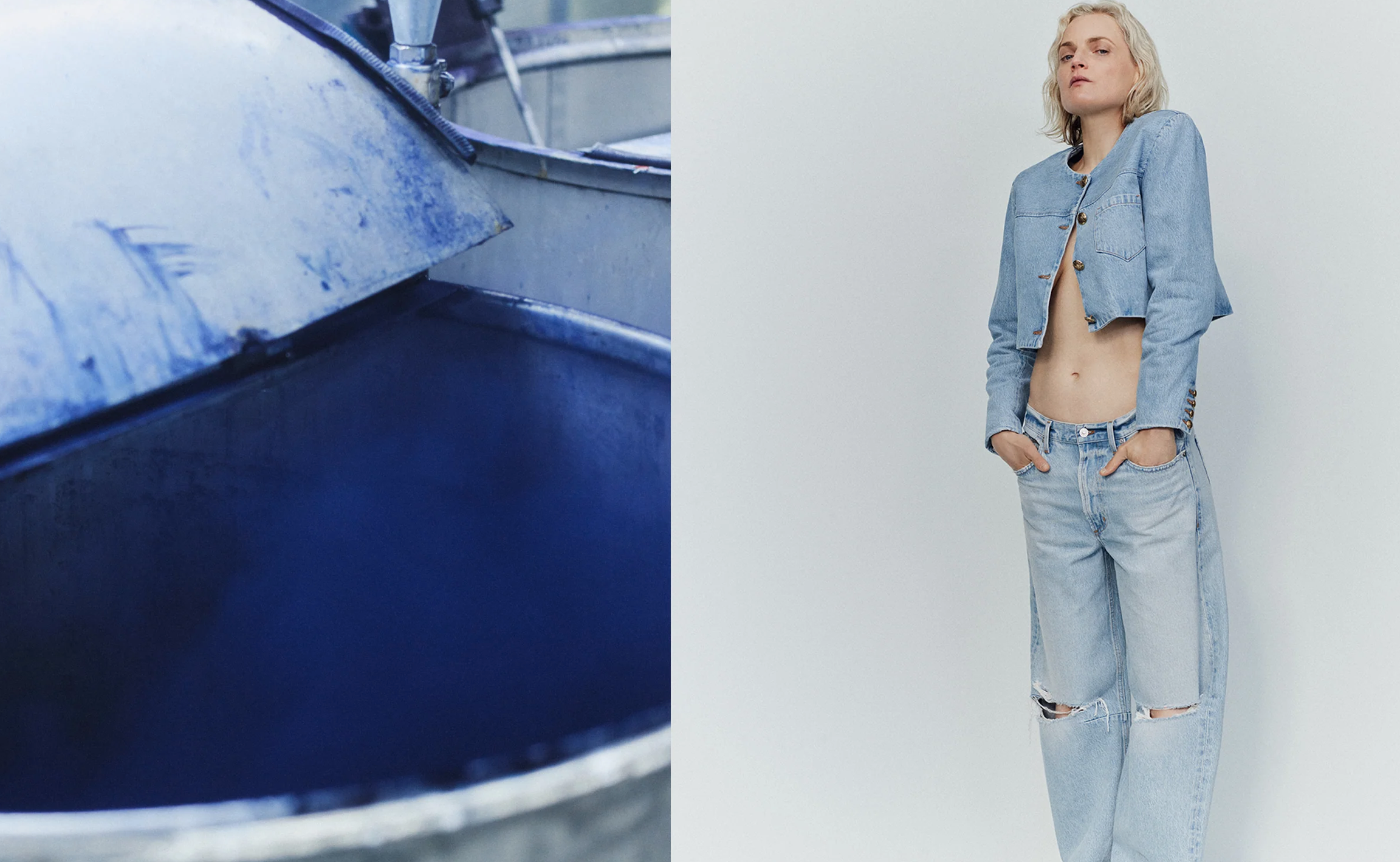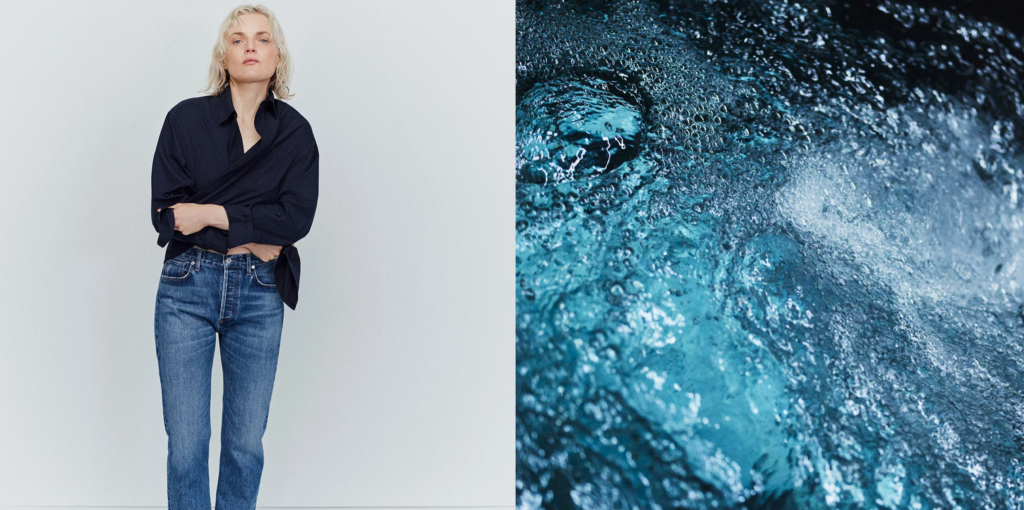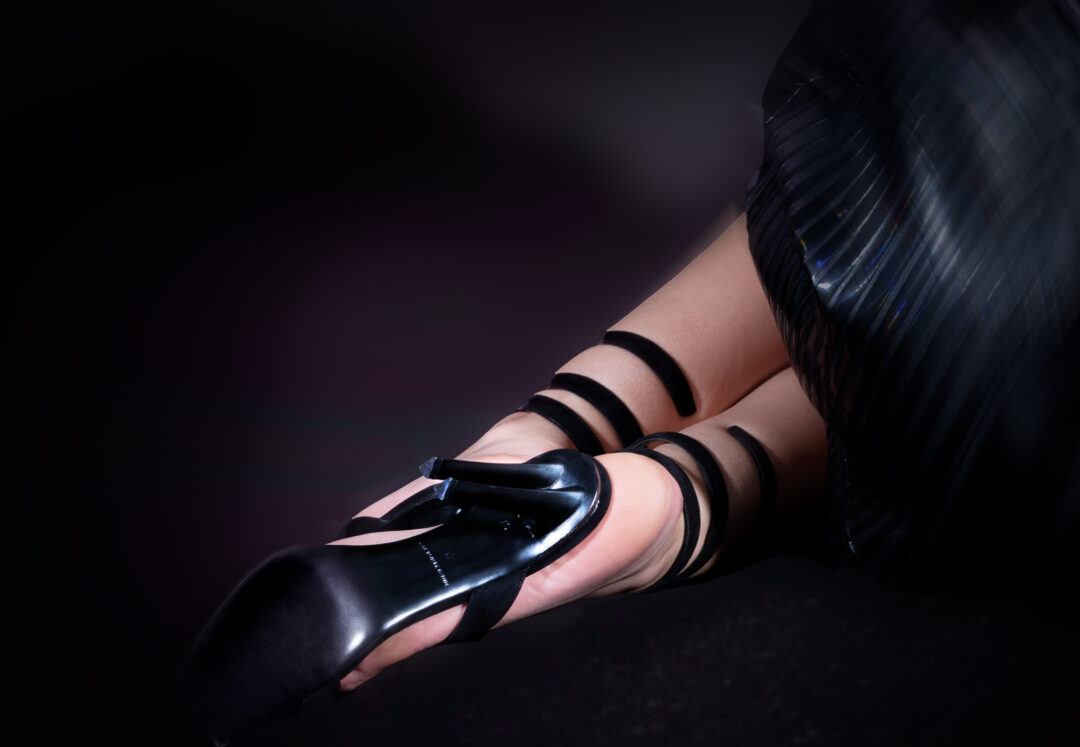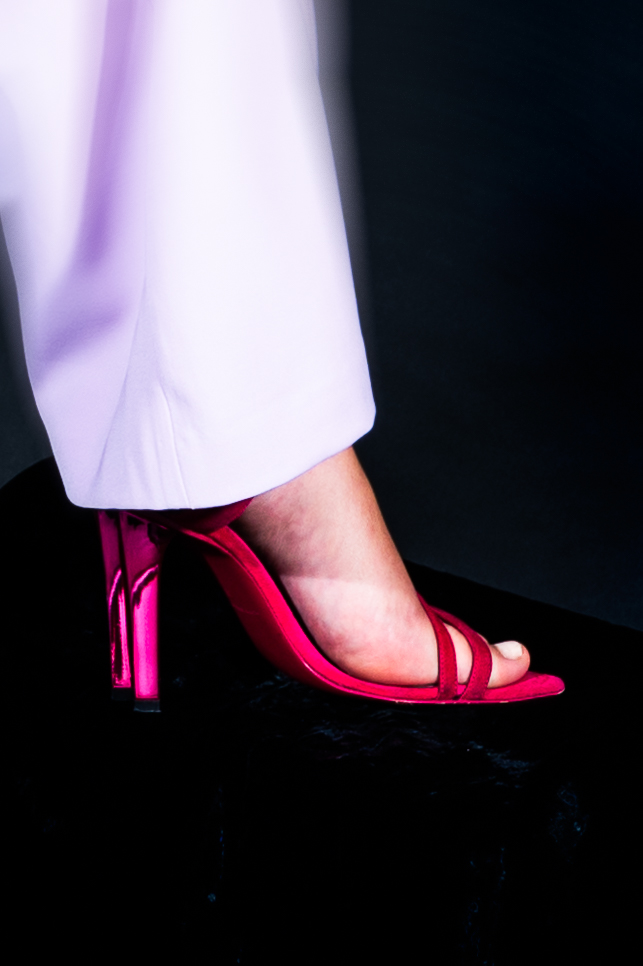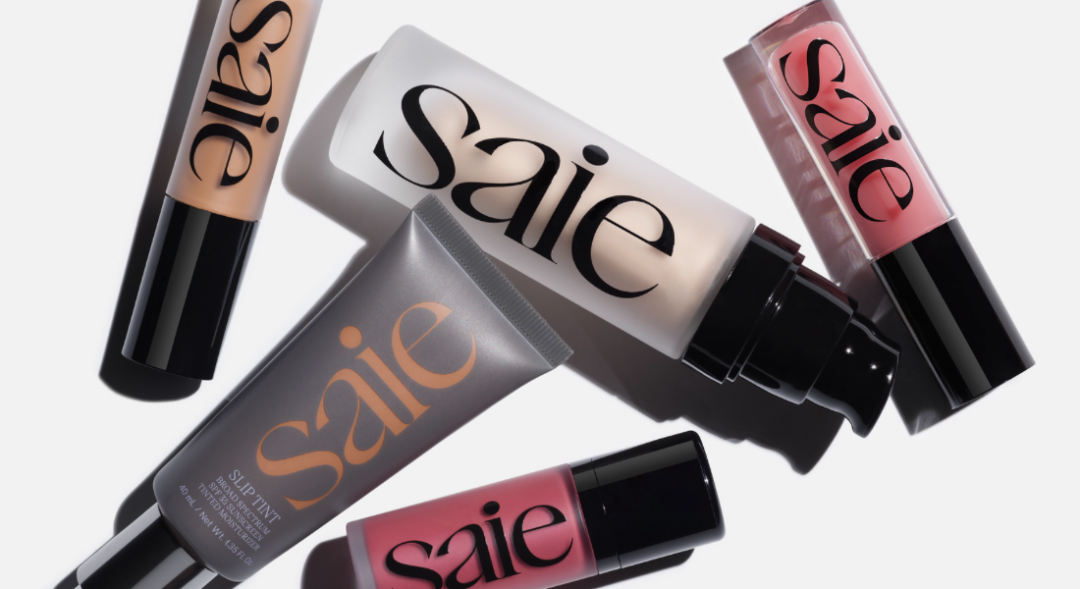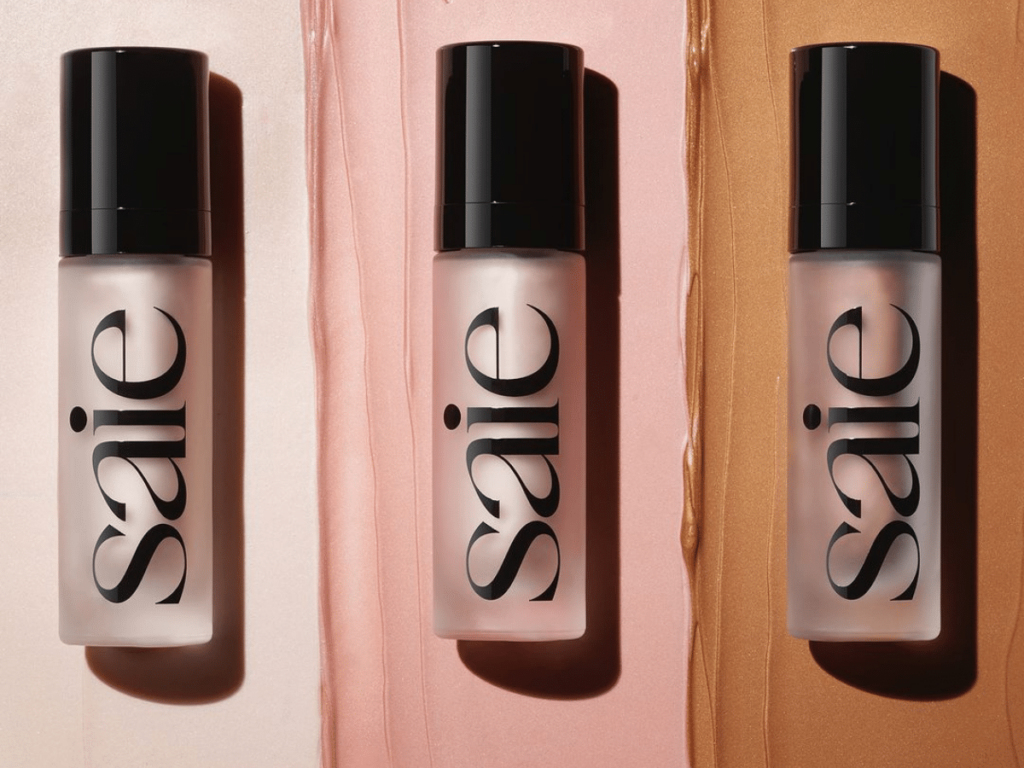When performance is as important as environmental integrity, you get sportswear with a conscious.
Founded by Alexandra Knight and Nujood Khaled, Me & My Activewear is locally designed in the U.A.E. and crafted from recycled ocean waste and eco-friendly fabrics in Italy, aiming to reduce the environmental impact of the collection.
The collection features breathable fabrics, muscular containment and sweat-proof technology to support you throughout your workout. With clothing for women, teens and girls, that’s built to thrive in the Middle East’s hot climate, each piece also features a UPF 50+ rating for ultimate sun protection.
With OEKO-TEX® and Bluesign® certifications, customers have the peace of mind knowing that Me & My Activewear fabrics are free from harmful substances, rigorously tested for safety and uphold the highest environmental standards.
Here’s what the founders said when I spoke to them about their new label;
Why is it important for you to design a collection sustainably
Sustainability was key at the very beginning of this project and something I was not going to pivot from, it had to be the core of our business, a part of its foundations. This was driven by my personal passion for doing what I can to make a difference and a positive impact on the environment.
In my previous role I made a decision in 2019 to remove all plastic water bottles from the offices and site at Zayed Sports City and negotiated a partnership with No More Bottles to install filtration systems across site inside and out, we were the first sports and recreation facility in the Middle East to implement this and the impact was huge, in the offices alone it was saving at least 300 plastic bottles of water a day.
When it came to establishing Me & My Activewear it took 17 months from concept idea to creation, we needed to produce activewear that performed, but was kind to the person and the planet. Sustainability isn’t just about a fabric that has been recycled or an organic cotton, it’s about how the fabric was created, where it was created, it’s quality and durability to ensure we are crafting activewear that is made to last. Our customers deserve to have the choice to be wearing the same kit in 10 years, a timeless, high-quality range that is custom designed.
Our main collection is made from ECONYL®, Regenerated Nylon from recycled waste, including fishing nets, carpets, industrial plastic and clothing take back programmes. Boosting the same qualities as brand-new nylon, but unlike tradition nylon it can be recycled, recreated and remoulded over and over again. Every 10,000 tons of ECONYL®, 70,000 barrels of crude oil are saved and 65,100 tonnes of CO2 emissions are avoided.
Do you feel there is still space for more fitness clothing in the market here?
I feel that the market is currently flooded with activewear brands and I hear of more soon to enter the market. So, my answer to this is no but also yes…
No, I don’t believe there is no room for anymore brands that are founded on the same USPs and share the same strategic profile. They are focused on core attributes of what the current market tells us customers want, such as muscle compression, soft fabrics, moisture wicking and supportive. They are often made in similar production houses, where they have a catalogue to select the style, colour, fabric and on goes their logo.
However, there is space for brands that want to step out of the crowd and create activewear that diverges from the current norm, and adds value to the customer. Brands that want to lead rather than follow, seek inspiration rather than focusing on competition, and work towards change.
Me & My Activewear has maintained the product attributes that are the base of sportswear and have created a brand that gives our customers more, is made to last and is eco-friendly.
- UPF50+
- OEKO-TEX® Standard 100 meaning that it has been tested for harmful chemicals and is deemed safe to human health
- Bluesign® certificate meaning that the fabrics have been manufactured to strict work safety and environmental standards to minimise the impact on people and planet
- Designed here in the UAE and made in Italy with Italian fabrics that have been specifically selected for the Middle East climate
- Made from regenerated waste – Ocean waste such as fishing nets, discarded carpets and plastic bottles, as well as waste that would otherwise end up in landfills
How important is the sustainability factor for your clientele?
Customers are looking for sustainable options but are not willing to compromise on quality and performance.
Specifically for our clients we have found that people are truly pleasantly shocked when they know the fabric is made from regenerated waste, they love the feel of the fabric on the skin and once they try it, they buy it. There is no compromise, they are simply getting more and making a sustainable purchase.
